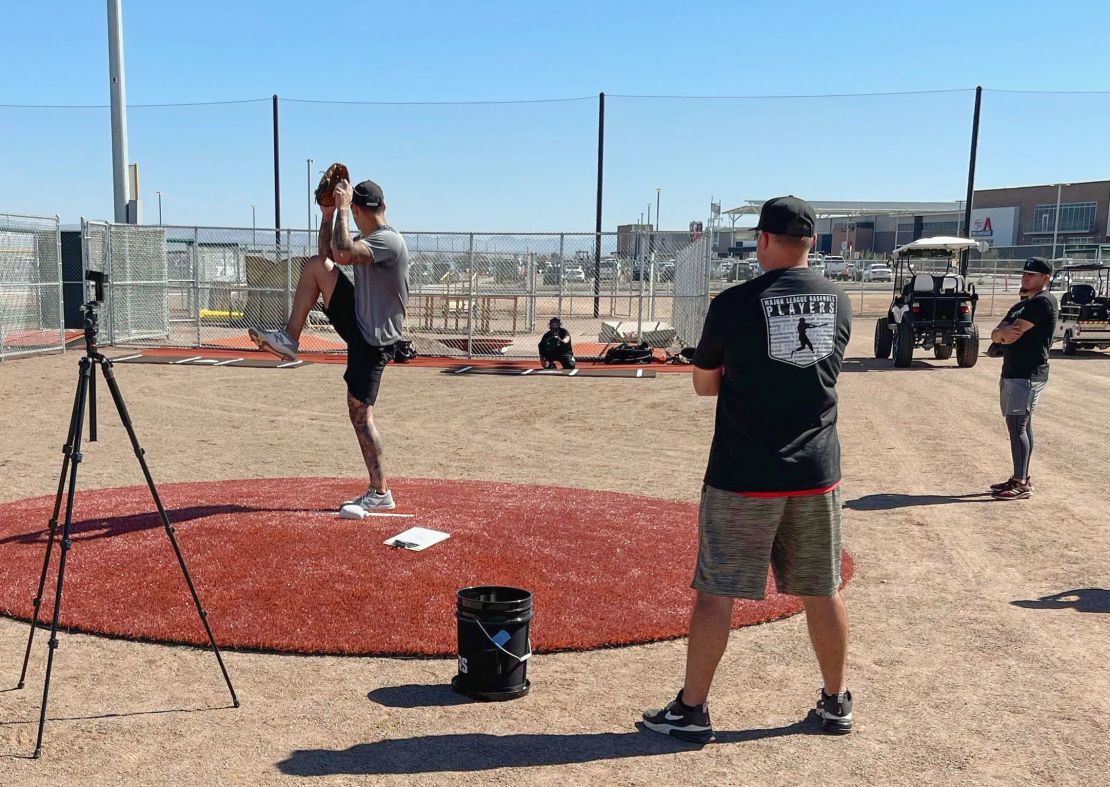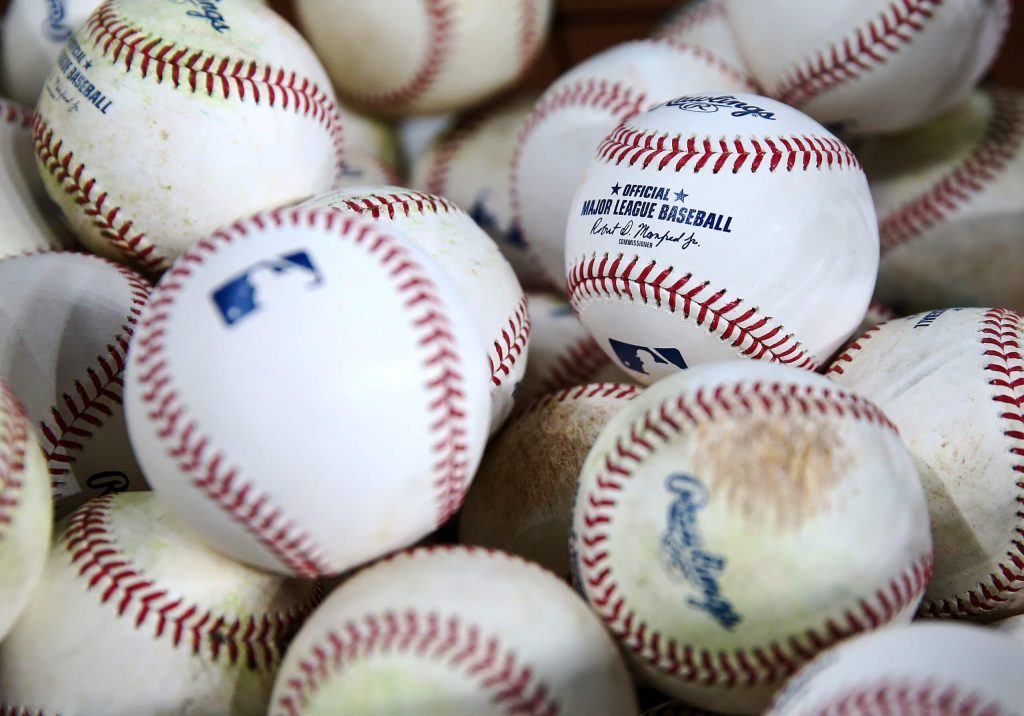The Major League Baseball (MLB) lockout has become one of the most significant stories in U.S. sports, capturing the attention of fans, players, and analysts alike. As the league’s first work stoppage since the 1994-95 strike, the 2022 lockout disrupted spring training, canceled games, and created uncertainty for everyone involved. This article explores the causes, consequences, and broader implications of the MLB lockout, offering a comprehensive look at how it has affected fans and the game itself.
Understanding the MLB Lockout
The MLB lockout is a labor dispute between the league’s team owners and the MLB Players Association (MLBPA). It occurs when negotiations over a new collective bargaining agreement (CBA) break down, leading to a shutdown of operations. The 2022 lockout lasted 99 days, marking the longest work stoppage in MLB history and causing the cancellation of the first two weeks of the regular season.
Key Issues and Demands
The primary points of contention during the 2022 negotiations included:
- Revenue Sharing: Owners wanted more control over how revenue was distributed, while players sought greater transparency and a larger share.
- Competitive Balance Tax (CBT): Players argued that the CBT functioned as a de facto salary cap, limiting their earnings, while owners saw it as essential for maintaining financial parity among teams.
- Playoff Expansion: Owners proposed an expanded playoff format, which players opposed, fearing it would dilute the value of the regular season.
- Minimum Salaries and Free Agency Rules: Players pushed for higher minimum salaries and more favorable free agency terms, while owners resisted what they viewed as excessive demands.
Timeline of the 2022 Lockout

The 2022 lockout followed a pattern of labor disputes that have historically shaped MLB’s landscape. Here’s a condensed timeline of key events:
March 2021
- MLB and the MLBPA began negotiations for a new CBA, which was set to expire in December 2021.
July 2021
- MLB proposed changes, including an expanded playoff format, but talks stalled over economic issues like revenue sharing and the luxury tax.
November 2021
- MLB owners voted unanimously to lock out players if no agreement was reached by December 1.
December 1, 2021
- The deadline passed without a deal, and the MLBPA rejected the final offer, triggering the lockout.
December 2–January 2022
- Negotiations continued with little progress, as both sides remained far apart on key issues.
February 2022
- MLB canceled the first two series of the regular season, marking the first time games were canceled due to a labor dispute since the 1994-95 strike.
May–June 2022
- Intense negotiations led to a tentative agreement on a new CBA, which was eventually ratified in June 2022.
Impact on Players and Staff
The lockout had a profound effect on players and staff, disrupting training, rehabilitation, and preparation for the season.
- Training and Rehabilitation: Players rehabbing from injuries, such as Lance McCullers Jr., faced setbacks due to the lack of communication with their teams.
- Coaching and Team Preparation: Coaches could not guide players during the offseason, creating a disjointed atmosphere once the lockout ended.
- Arbitration and Trade Market: Teams struggled to handle arbitration salaries, evaluate Rule 5 Draft picks, and navigate the trade market during the lockout.
Effects on Fans and the Community
Fans were left in limbo, unsure about the start of the season and facing limited updates from the league. The absence of official content featuring current players led to a disconnect between fans and the sport.
- Uncertainty and Disengagement: Fans faced uncertainty regarding the season’s start, leading to diminished excitement and engagement.
- Limited Updates: With official communication channels shut down, fans received minimal updates, causing frustration.
- Economic Impact: Local businesses, especially those reliant on game-day revenue, suffered due to the cancellations.
Proposed Solutions and Negotiation Strategies
Both sides proposed various solutions to resolve the dispute:
Player Proposals
- Universal DH: Players advocated for a universal designated hitter to enhance strategy and extend careers.
- Shortened Season: A reduction from 162 to 154 games was proposed to reduce player fatigue.
- Transparency in Revenue Sharing: Players called for clearer accounting practices to ensure fair distribution of revenue.
- Draft Lottery: A draft lottery was suggested to discourage “tanking” and reward teams that promote top prospects.
Owner Proposals
- Revenue Sharing: Owners emphasized the need for a system that promotes competitive balance across teams.
- Luxury Tax Reform: Changes to the luxury tax were proposed to incentivize fiscal responsibility.
- International Draft: An international draft was suggested to regulate the signing of international talent.
- Long-Term Stability: Owners aimed for a CBA that provided long-term stability for the league.
Frequently Asked Questions

Why did the MLB have a lockout?
The lockout occurred after negotiations over a new CBA failed, primarily due to disagreements over revenue sharing, the competitive balance tax, and playoff expansion.
When was the last MLB lockout before 2022?
The last lockout occurred from 1994 to 1995, the longest work stoppage in MLB history.
What were the main issues addressed in the new CBA?
The new CBA focused on player salaries, game rules, the competitive balance tax, revenue sharing, and minimum salaries.
How did the 2022 lockout affect players and staff?
Players faced disruptions in communication, training, and preparation. Staff and local businesses suffered from reduced revenue due to game cancellations.
What solutions did players propose during negotiations?
Players proposed a universal DH, a shortened season, increased transparency in revenue sharing, and a draft lottery.
Conclusion
The 2022 MLB lockout highlighted the complex relationship between players and owners, revealing deep-seated tensions over revenue distribution, competitive balance, and the future of the sport. While the new CBA addressed several key issues, the underlying challenges remain.
As the league moves forward, the focus will be on ensuring fairness, sustainability, and fan engagement. The lockout serves as a critical juncture for evaluating the long-term health of the league and setting new standards for all stakeholders.
For fans, the hope is that these adjustments will foster a more competitive and engaging environment. As the game evolves, the lessons learned from the lockout will shape the future of baseball.
Author: [Name]
Title/Role: [Journalist]
Credentials: [Experience in sports journalism and analysis]
Profile Link: [Optional link to author profile]
Sources:
– MLB Official Website
– ESPN
– Forbes Sports
Internal Links:
– MLB Collective Bargaining Agreement
– Baseball History
– Fan Engagement Strategies
Image Optimization:
–
–
– 
–
–
Schema Markup:
{
"@context": "https://schema.org",
"@type": "Article",
"headline": "US Trending News: What You Need to Know About the MLB Lockout and Its Impact on Fans",
"datePublished": "2023-10-15",
"author": {
"@type": "Person",
"name": "[Name]"
},
"publisher": {
"@type": "Organization",
"name": "[Publication Name]",
"logo": {
"@type": "ImageObject",
"url": "[Logo URL]"
}
}
}
Call to Action:
Stay updated with the latest news and insights on the MLB lockout and other trending topics in the United States. Explore today’s headlines and join the conversation.
URL Slug:
/mlb-lockout-fans-impact
Featured Snippet:
The MLB lockout, the longest in league history, disrupted the 2022 season and sparked debates over revenue sharing, competitive balance, and player rights. Learn how it affected fans, players, and the future of baseball.











More Stories
US Trending News: Everything You Need to Know About the Women’s Pro Baseball League
US Trending News: Wizards Vs Bucks: Key Moments and Highlights from the Latest NBA Matchup
Everything You Need to Know About the Women’s Baseball League